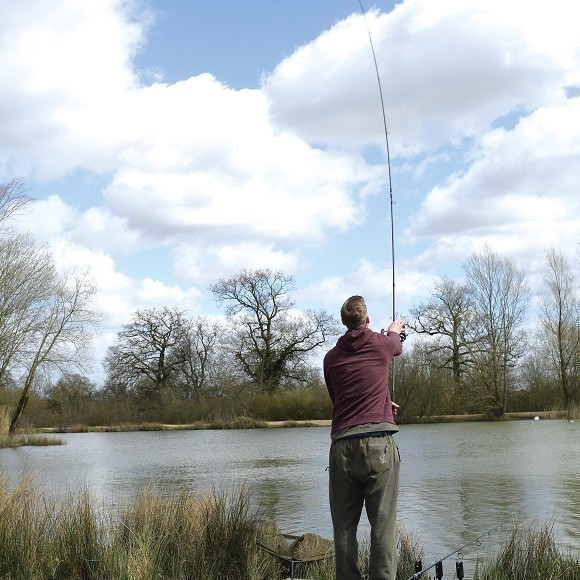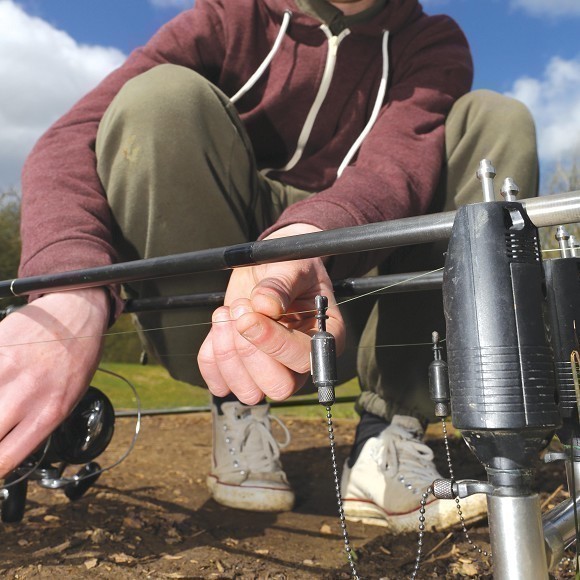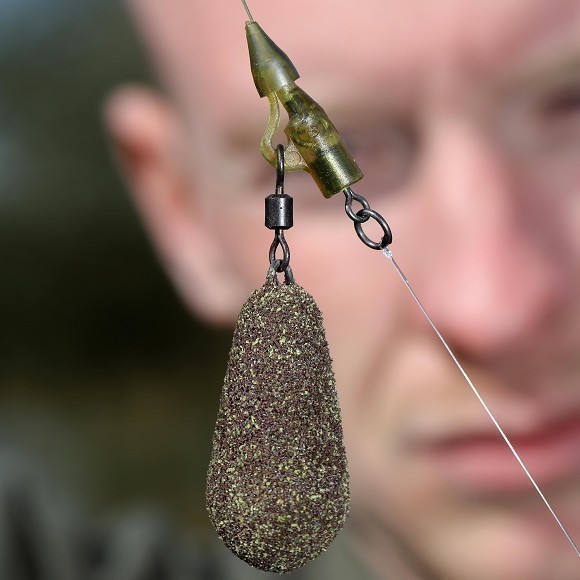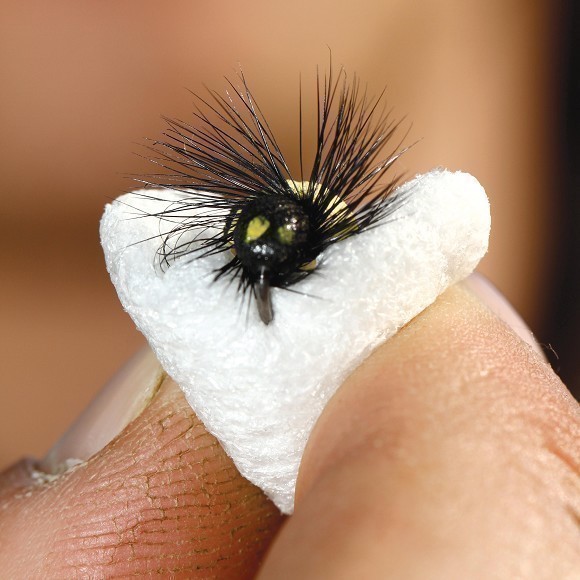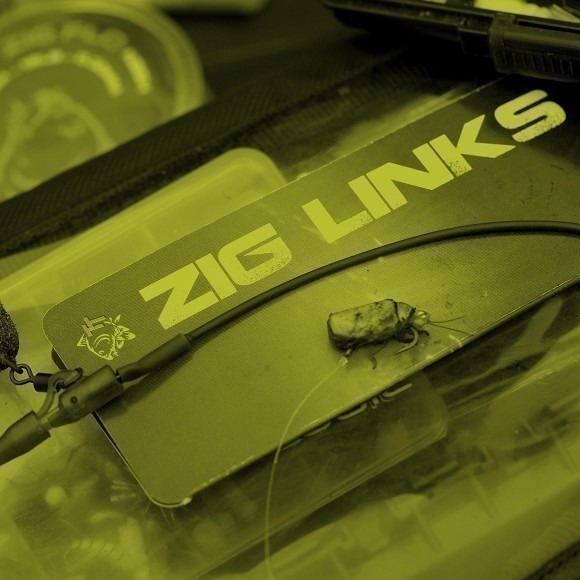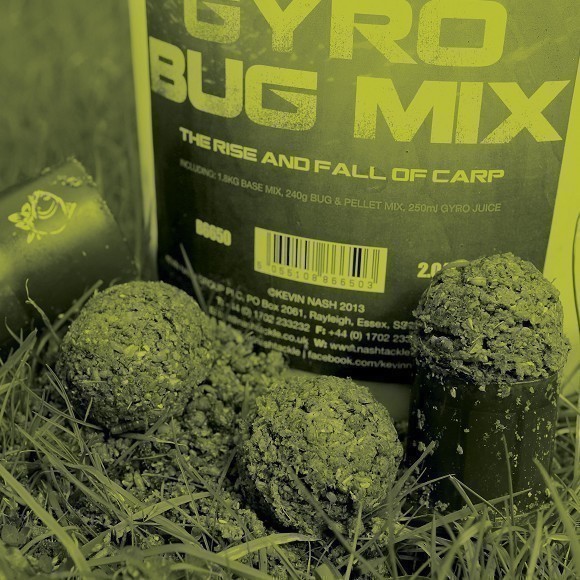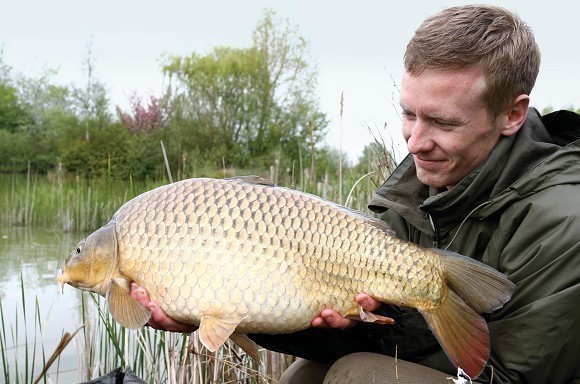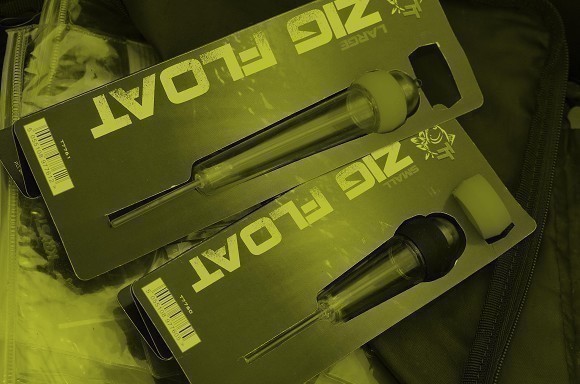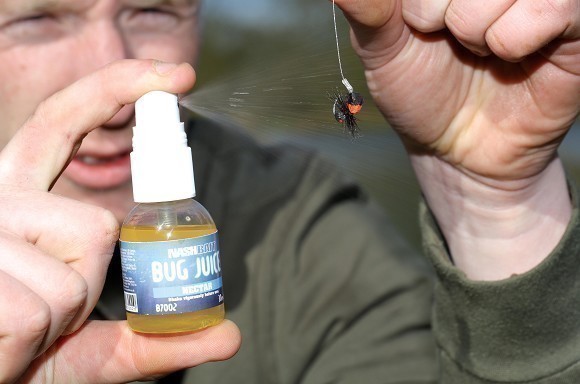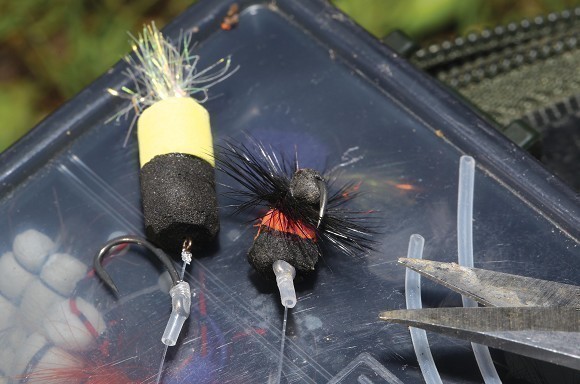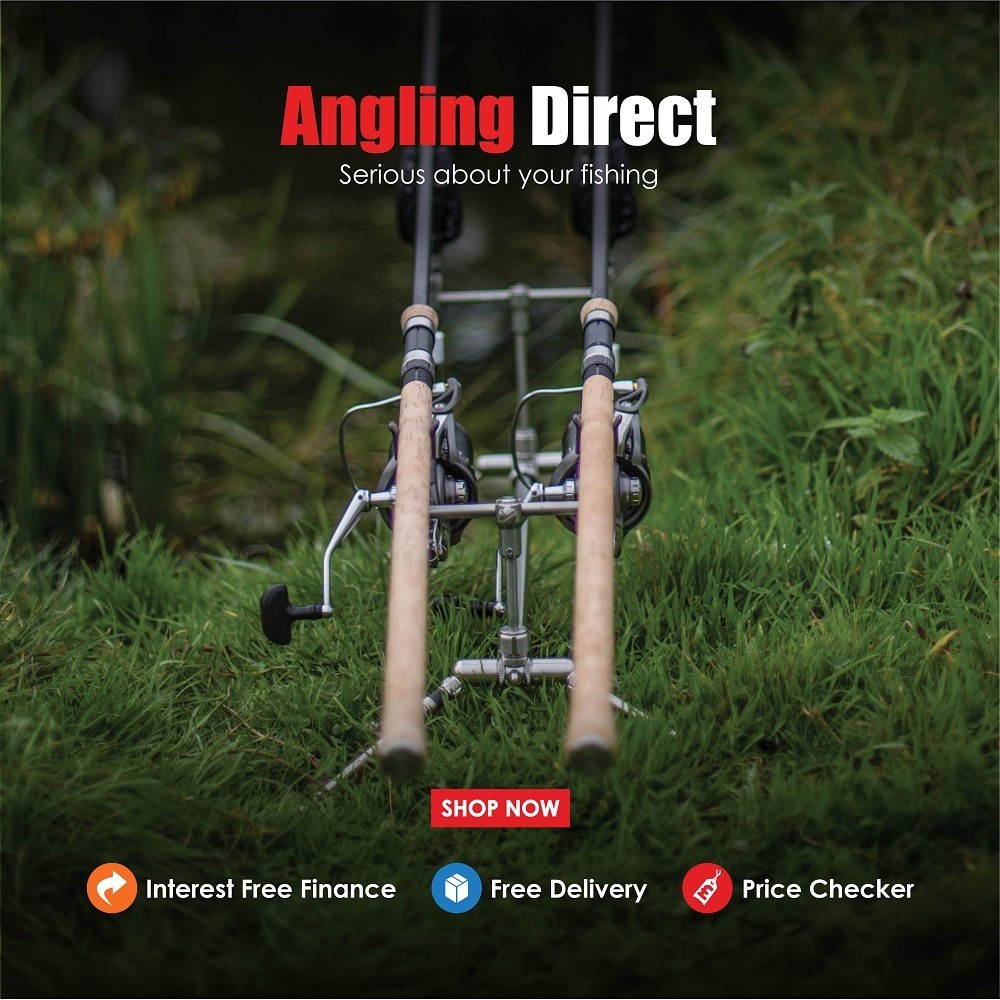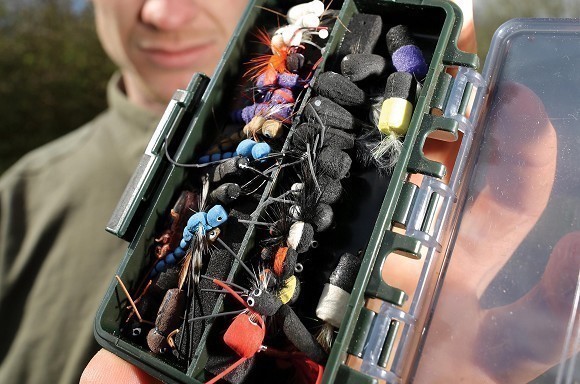
11 tips you need to know for Zig Rig success
Nash Tackle's resident day ticket specialist, Tom Forman, reveals his top tips for Zig Rig success
1. Recast regularly
It's the best way to find the 'bite zone'
When fishing with Zigs, bites can come very quickly when you get your location spot-on. The best way to search out and locate these prime spots is to keep moving the Zig around until you receive action. Sometimes the actual ‘bite zone’ is actually very small and localised and so by moving the rig regularly it is possible to cover a much larger area of the lake. Any signs of fish such as disturbances on the water surface and head-and-shouldering is well worth investigating with a rod in the area, so give it a cast.
Areas to try
Some of the key features to cast to
1 Bays
Shallow bays often act as a suntrap which provides the carp with lots of warmth. Zig Rigs presented up in the water at the mouth/entrance of the bay will often catch lots of carp in the daytime as they drift in and out on the lookout for an easy snack.
2 Plateaux
Plateaux are shallower, raised-off-the-lakebed features and Zig Rigs presented around the side of one or on top can be devastating. These will be known areas for the carp in the lake so will be visited throughout the day. Get a Zig on one!
3 Islands
Islands are like magnets to carp and will make up part of their patrol route around the lake. In the hot weather they will be circling around the shallow marginal shelf, so casting a Zig Rig around an island should produce lots of fish, especially if it’s hot.
4 Bars
Like an island, a gravel bar is a feature carp will use as part of their patrol route – like a roadway to us – and a Zig fished on top or at the end of a bar is most definitely in with a shout of a bite as they move along it in the spring and summer heat.
5 Margins
Margins are often a massive holding area for carp because of the abundance of cover, which includes overhanging trees and lily pads. In the hot weather the carp often enter and leave snags up in the water column so a Zig is perfect for a daytime bite.
6 Drifted scum
Food traps are where there has been a scum or film drifting with the wind and has collected in a corner or bay. The carp will often be hiding under it because of the cover but also because of the microscopic bugs and food which collect in the scum.
2. Fish tight lines
You'll get better registration
You read everywhere that slack lines are all the rage and they will seriously give you an edge over everyone else on the lake who are fishing with tight lines, but when Zig fishing they will seriously hamper your bite indication. Remember, when the carp are up in the water they are not coming across your line near the rig, so concealment isn’t an issue. Tight lines will give you a much quicker registration of a bite when using a lead clip or other fixed arrangement. This is important when using long hooklinks so as to avoid missing potential pick-ups, as often the bite won’t be a screaming take. It’s also worth setting the bite alarm to its most sensentive so every knock or twich is shown up.
3. Use a lead clip
It's the best lead arrangement
A lead clip arrangement has two advantages when fishing with fixed Zigs. Firstly, the risk of tangles is reduced. With running leads and in-line set-ups, the hooklink can be prone to wrapping round the main line compromising presentation, something that doesn’t happen with a lead clip. Secondly, the lead can be ejected during the fight, something that is a massive advantage when using a long hooklink. During the latter stages of the fight a big lead bouncing and swinging around has the potential to dislodge the hook. In weedy situations a more sensitive clip such as a Weed Safety Bolt Bead will ensure that the lead is lost every time.
4. Foam up
For added security and peace of mind it is well worth hooking a nugget of PVA foam to your Zig before casting. By masking the hook point the hook can no longer snag on foliage during the cast meaning less hassle and risk of mishaps when casting. The foam also adds drag to the hook end and ensures that the rig is separated in flight. It is possible to watch the Zig in flight so you can be confident it is not tangled. When the lead hits the water, the nugget provides another visual indicator: how far below the surface the bait is when using fixed Zigs can be judged by noting the time taken between the foam disappearing and the lead touching the bottom.
5. Add movement
In conventional rig design, movement is an important consideration but incorporating movement into your Zig set-up can also bring extra bites. Try adding a section of elastic to the bottom of your hooklink, a trick used to great effect by Jack Brown. Alternatively try a Zig Link. This is a small three-inch section of tungsten tube that is attached to the lead end of the hooklink. It sits flat on the lakebed, but when a fish sucks the bait in, the Zig Link allows enough movement for the bait to travel into the fish’s mouth. On pressured waters where the fish have been caught on Zigs this little tweak is deadly!
6. Create a feeding response
This is a great addition to your Zig fishing, especially on higher stocked venues. There are several ways to get the fish actively hunting for food, thus increasing the likelihood that your Zig will be eaten. Most established is ‘sloppy spodding’, where a wet groundbait is regularly introduced over the bait. This clouds the water and fills the upper-layers with tiny food particles, whipping the carp into a feeding frenzy.
Applying surface baits such as dog biscuits or Riser Pellet and then fishing Zigs on or just under the surface is also a great tactic, especially during the warmest months.
In the spring however, something that imitates the profusion of natural hatches can be a winner. The Gyro Bug Mix is a groundbait designed to be balled in, but containing many floating particles that, as the ball breaks down on the lakebed, rise up through the water column. The carp are tuned in to intercepting emerging invertebrates and can mistake this for a hatch and begin feeding. With a Zig in the area, it’s game on!
7. Hit single bleeps
There could be a whacker on the end!
As mentioned earlier, not all Zig takes are screaming runs. In fact, in the majority of cases there will be relatively little in the way of indication compared to conventional rigs where the hooked carp will invariably bolt off when hooked. Sometimes the bobbin will simply twitch or drop back. Any such occurrence is worth serious investigation, as often it will be a bite. The longer the hooklink, the more play there is between bait and lead and this allows the fish to swim some distance before the lead is actually moved. If in doubt, it is worth picking the rod up to be on the safe side. There could be a whacker on the end!
8. Adjust your depth
Work all the water in front of you
The depth of your Zig is absolutely critical, so you actually have to find the ‘bite zone’ in three-dimensions, not just two! A quick and easy way of searching up and down in the water column is to use a float and create an Adjustable Zig. Set-up like a marker float, this allows you to move the bait up and down and search out the depth at which the carp are feeding. Of course, this can be done with fixed Zigs, but involves reeling in and tying a new link. Unless you already know the correct depth, a float set-up can be an invaluable part of the Zig armoury.
9. Flavour your zigs
While Zigs are very much a visual bait, they are also effective when the water is coloured which proves that the fish are using more than just sight to detect them. Flavouring your Zig Bug or foam can bring extra bites and certainly boosts confidence if you are struggling to get your head around fishing a tiny piece of foam in the upper-layers! Any liquid attractor – water or oil-based can be used – a mixture of both means that the flavour trail is dispersed both up and down in the water column, widening the ‘search area’. I like to give mine a quick spray each time I recast.
10. Try an imitation
Think like a trout or predator angler
We all know that carp will eat a bit of foam or cork, but surely it has to be better still if we could imitate what it is the fish are actually eating in mid-water? After all, we go to great lengths sometimes to match our hookbait to our freebies, and trout and predator anglers have long realised the effectiveness of realistic imitation baits. If nothing else, an imitation gives you a little bit of confidence that the fish will actually regard your bait as food! There are a wide range of Zig Bug patterns available these days, but my personal favourite remains the black louse, a pattern that continues to produce the goods wherever I take it.
11. Add a kicker
It'll help nail 'em!
The hooking potential of your Zig set-up can be improved vastly by adding a small piece of silicone to the eye of the hook. This extends the gape of the hook and allows it to ‘grab’ a larger chunk of flesh. It also aids the turning of the hook inside the fish’s mouth. A kicker can be added to a Zig Bug or a standard Hair-rigged bait.





